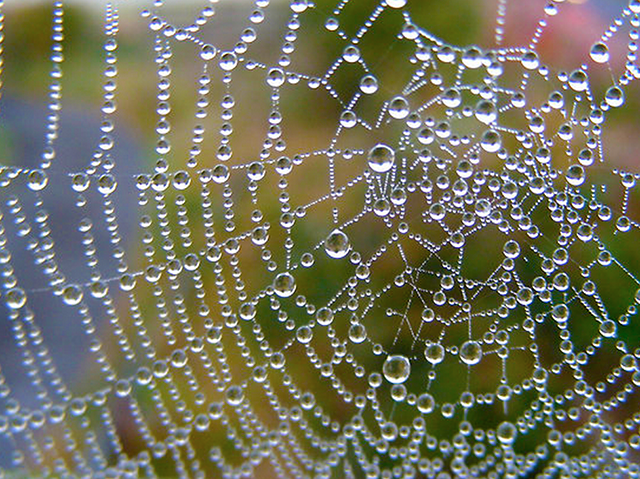According to Chapter 13 of Turning Signs,
A niche in a meaning space is a type of meaning. A niche in a symbolic meaning space can only be occupied by a Legisign, ‘a law that is a Sign.… Every conventional sign is a legisign. It is not a single object, but a general type which, it has been agreed, shall be significant’ (— Peirce, EP2:291).
If we consider a language (such as English or Greek) as a semantic or meaning space, we might say that a niche in that space is occupied by a word. But we might say instead that a word, being a legisign or type and not a single object, is the meaning space, which is ‘occupied’ in actual linguistic practice by tokens of that type or instances of that word, as Peirce says (CP 4.537, 1906).
On the other hand, Peirce also says that ‘Man, homo, ἄνθρωπος are the same sign’ (MS 9), although we would not usually say that they are the same word. This would imply a cross-linguistic meaning space in which different words are instances of the same sign. This would still be a symbolic space, but we might call it a semiotic meaning space, as it is more inclusive than a linguistic one (constituted by a single language). Likewise in his fifth Harvard Lecture of 1903:
Take, for example, any proverb. “Evil communications corrupt good manners.” Every time this is written or spoken in English, Greek, or any other language, and every time it is thought of it is one and the same representamen. It is the same with a diagram or picture. It is the same with a physical sign or symptom. If two weathercocks are different signs, it is only in so far as they refer to different parts of the air. … “Evil communications corrupt good manners” and φθείρουσιν ἤθη χρήσθʼ ὁμιλίαι κακαί are one and the same representamen. They are so, however, only so far as they are represented as being so; and it is one thing to say that “Evil communications corrupt good manners” and quite a different thing to say that “Evil communications corrupt good manners” and φθείρουσιν ἤθη χρήσθʼ ὁμιλίαι κακαί are two expressions of the same proverb.
EP2:203
The distinction in that last sentence is essentially the distinction between a language and a metalanguage, or between use and mention – or between semiosis and semiotics.
